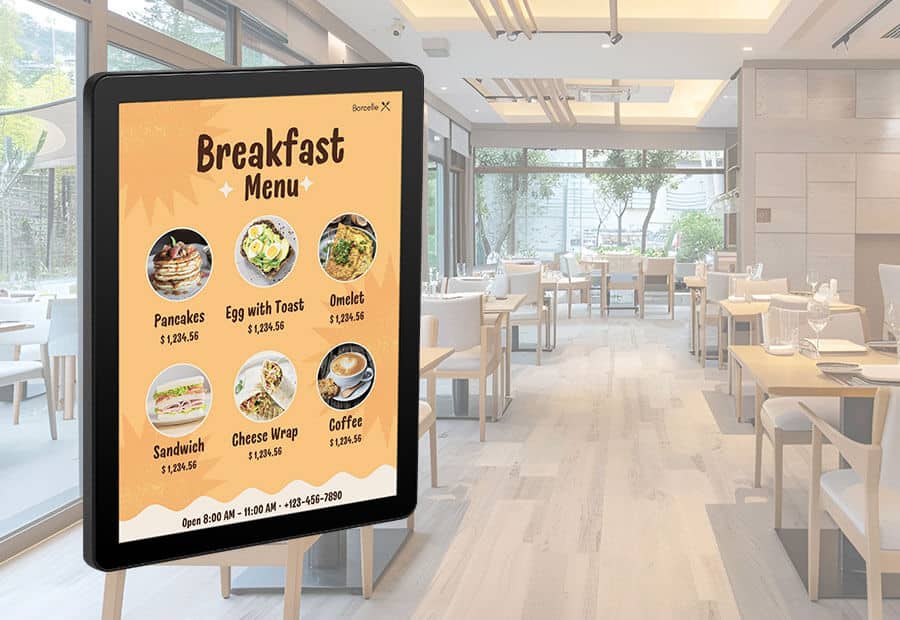Electronic Paper Displays in Education and Beyond
Electronic Paper Displays in Education and Beyond
Blog Article
Display technology is becoming an intrinsic section of our everyday lives, appearing in sets from smartphones and e-readers to large-scale promotion panels. Among the diverse range of E ink display, OLED (Organic Light-Emitting Diodes), and LED (Light-Emitting Diodes) have appeared as some of the most generally mentioned options. While each type acts its own distinctive purpose, their variations in characteristics, efficiency, and use instances cause them to become ideal for unique applications. Let's have a closer go through the essential features of those display technologies.
Electronic Paper displays (ePaper)
Electronic Paper displays, also known as ePaper or Electronic Ink displays, are made to copy the looks and readability of traditional Ink on paper. This technology uses tiny microcapsules containing priced black and white particles stopped in an obvious fluid. When an electric subject is used, the contaminants move to each side of the tablet, creating a visible image. The image stays static until still another electrical subject is applied, making it well suited for displaying text-based material such as books, magazines, and e-readers.

One of many principal benefits of ePaper displays is their low power consumption. Unlike old-fashioned LCD
Knowledge Electronic Paper displays
A digital Paper display (ePaper) mimics the looks of Ink on paper. Unlike standard monitors, ePaper relies on its capability to reflect surrounding light rather than emitting their own. This engineering not merely decreases eye stress but also gives unmatched readability in sunshine, which makes it well suited for e-readers and electronic signage solutions.
One standout function of ePaper displays is their extremely minimal power consumption. Because they just use energy when adjusting material, ePaper displays are extremely effective and ideal for battery-powered devices. However, their renew rates are slower in comparison to OLED and LED displays, restraining their applicability to fixed or minimally powerful content.
OLED displays
OLED displays are noted for their beautiful visible quality, giving lively colors, strong greens, and outstanding contrast. Each pixel in a OLED display emits a unique light, eliminating the requirement for a backlight. That not just allows for thinner, more lightweight designs but also results in better power performance compared to LED using scenarios.
One critical benefit of OLED displays is their flexibility. They can be made in rounded or foldable types, making them popular in cutting-edge smartphones and wearable devices. Nevertheless, OLED screens include problems, such as for example susceptibility to burn-in and faster lifespans compared to other technologies.
LED displays
LED displays, the most common of the three, rely on a backlit system to light their pixels. While not as visually impressive as OLED E ink sign, LEDs are very resilient, long-lasting, and cost-effective. These characteristics cause them to become suitable for a broader selection of purposes, including TVs, computer screens, and outside advertising.
LED displays on average accomplish well in terms of illumination, making them the ideal choice for conditions with large normal light. But, they fall short in reaching the same serious distinction and shade accuracy as OLED technology.

Ultimate Contrast
When deciding between ePaper, OLED, and LED displays, the option depends mainly on the supposed purpose. For fixed content like reading or signage, ePaper excels using its minimal power application and large awareness in natural light. OLED shines in purposes wherever vivid shades and flexibility are paramount. Meanwhile, LED remains a trusted and cost-efficient option for a variety of general-purpose needs.
Each display technology delivers something distinctive to the table, ensuring that there is an ideal choice for every situation. Knowledge these differences can help people and companies produce informed conclusions that suit their specific display requirements. Report this page